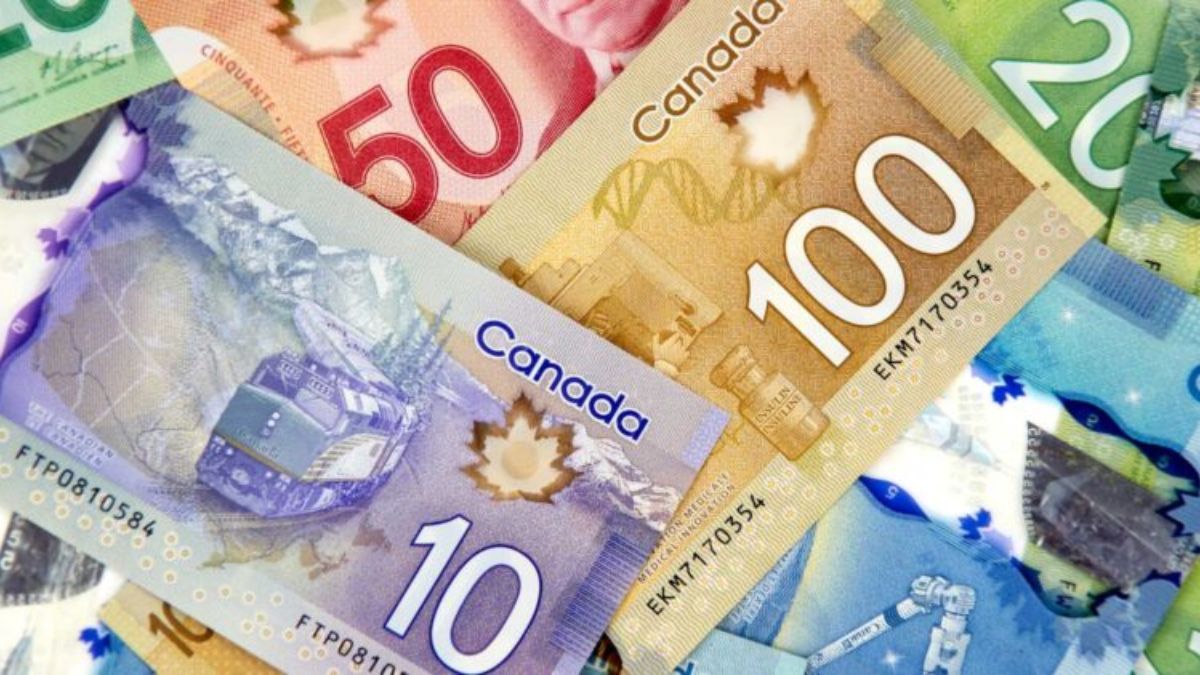In Canada, workplace benefits are more than just perks—they can affect your taxes. The Canada Revenue Agency (CRA) keeps a detailed list of which benefits are taxable and which are not, helping both employers and employees avoid costly mistakes.
Under Section 6 of the Income Tax Act, the rule is simple: if a benefit gives an employee financial value and they are the primary beneficiary, it’s usually taxable—unless specifically excluded by law.
As 2025 unfolds, knowing this distinction is critical. Filing incorrectly could mean paying more tax than necessary or facing penalties later.
The 2025 Overview at a Glance
Here’s a quick snapshot of the CRA’s benefit classification rules for 2025:
| Detail | Information |
|---|---|
| Year | 2025 |
| Country | Canada |
| Benefit Type | Taxable & Non-Taxable Benefits |
| Regulated By | Canada Revenue Agency (CRA) |
| Legal Reference | Income Tax Act, Section 6 |
| Applicable For | Employers and Employees |
| Official Website | www.canada.ca |
What Makes a Benefit Taxable?
The CRA applies one key test: who benefits the most?
- If the employee is the primary beneficiary, the benefit is taxable.
- If the employer is the primary beneficiary, the benefit may be non-taxable.
For example, a gym membership offered to all employees for workplace wellness is likely taxable, but a safety training course that benefits the employer’s operations may not be
Common Taxable Benefits in 2025
Taxable benefits must be reported as income on your T4 slip and can increase your overall tax liability.
Here’s a list of benefits generally considered taxable:
- Cash gifts and gift cards – always treated as income.
- Employee awards or service recognitions (unless exempt under CRA’s guidelines).
- Car or vehicle allowances, including mileage reimbursements beyond CRA’s rate.
- Reimbursements for internet, phone, or utility bills.
- Subsidized childcare, counselling, or disability services provided by the employer.
- Housing and utilities allowances for employees.
- Overtime meal allowances or travel reimbursements not covered by CRA rules.
- Parking at work, unless exceptions apply.
- Employer contributions to RRSPs in cash.
- Tuition, tools, and uniform allowances tied to employment.
- Scholarships linked to a job.
- CPP, OAS, and EI benefits received directly.
- Investment or rental income tied to employment benefits.
- Social events (if costs per employee exceed CRA limits).
Benefits That Are Non-Taxable
Some benefits are explicitly excluded from taxation and do not need to be reported. These are important to recognize since they won’t affect your income level or tax return.
Non-taxable benefits in 2025 include:
- Lottery winnings not tied to your job.
- Occasional non-cash gifts from employers.
- GST/HST credits.
- Canada Child Benefit (CCB).
- Climate Action Incentive (carbon rebate).
- Provincial or territorial family allowances.
- RRSP administration fees (if paid directly to the provider by the employer).
These items will not increase your taxable income, making them safe for tax season.
The Process: How to Determine if a Benefit Is Taxable
Not sure how to classify a benefit? Follow this simple checklist:
- Identify the benefit – Is it cash, a service, or a perk?
- Check CRA’s list – Does it fall under taxable or exempt items?
- Determine Fair Market Value (FMV) – Calculate what the benefit would cost if purchased.
- Check for deductions – Some taxable benefits also require CPP or EI deductions.
- Report properly – Employers must include taxable benefits on the T4 slip.
- Calculate income – Add the taxable benefit’s value to total yearly income.
- Apply credits – Use available credits to reduce the tax impact.
Examples of Taxable vs Non-Taxable Benefits
Here’s a clear table for common workplace perks:
| Benefit Type | Taxable? | Notes |
|---|---|---|
| Gift Card (Cash Equivalent) | Yes | Treated as cash income |
| Gym Membership (Employer Paid) | Yes | Unless used strictly for work-related purposes |
| Canada Child Benefit (CCB) | No | Fully exempt |
| Internet Reimbursement (Cash) | Yes | Taxable if reimbursed directly |
| Parking Provided at Work | Yes | Taxable unless exceptions apply (e.g., disability) |
| EI Premium Rebate | Yes | Reportable income |
| Lottery Winnings | No | Not considered employment income |
| RRSP Admin Fees (Employer Paid) | No | Exempt if paid to the provider directly |
Why This Matters for Employers
Employers need to stay vigilant. Misclassifying benefits can lead to CRA penalties and unhappy employees facing unexpected tax bills.
Key responsibilities for employers:
- Ensure all taxable benefits are listed on T4 slips.
- Deduct CPP and EI where required.
- Provide employees with transparent breakdowns of taxable perks.
Why This Matters for Employees
Employees often assume “perks” are free, but many carry tax obligations. Failing to plan can result in higher tax bills come April.
Employees should:
- Review their T4 slips carefully.
- Track taxable benefits throughout the year.
- Use credits and deductions to offset added taxable income.
- Seek tax advice if unsure about how a benefit is classified.
FAQs on CRA Taxable and Non-Taxable Benefits 2025
1. Are all workplace perks taxable in Canada?
No. While most benefits that provide financial gain are taxable, certain items like Canada Child Benefit (CCB) and occasional non-cash gifts are not.
2. Are gift cards considered taxable benefits?
Yes. Gift cards are treated as cash and must be reported as taxable income.
3. Do I need to report Canada Child Benefit (CCB) on my taxes?
No. The CCB is non-taxable and doesn’t need to be included in your income.
4. How do employers report taxable benefits?
Employers must list taxable benefits on the employee’s T4 slip and apply deductions for CPP and EI where applicable.
5. What happens if a taxable benefit is not reported?
Failure to report could result in penalties, reassessments, and interest charges from the CRA. It may also lead to unexpected tax bills for employees.







